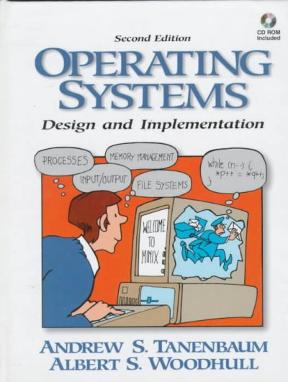

We have also provided for a selection of distinct spreading codes to serve groups of sensors in a common environment by the application of code-division multiple-access techniques. For this, we are developing on-chip spread-spectrum encoding and modulation circuitry to improve the robustness and security of sensor data in typical interference- and multipath-impaired environments. In order to field arrays of distributed sensors, a wireless network for data reporting is needed. Towards this end, we are presently developing electronic readout of a mercury-sensitive coated cantilever. One of our primary areas of interest is chemical sensing for environmental applications. We are now proceeding to develop systems that employ electrically readable microcantilevers in a standard MEMS process and standard CMOS processes. The sensitivity can exceed that of other electro-mechanical devices as parts- per-trillion detection can be demonstrated for certain species. Selectively coated cantilevers are being developed at ORNL for chemical and biological sensing. With this approach, we separately treat the Pyrex lid surfaces that form the top and bottom surfaces of the GC flow channel. Etching completely through the Si substrate facilitates the treatment and characterization of the micro-channel sidewalls, which dominate the GC physico- chemical interaction. To this end, we have developed microfabrication techniques to etch through silicon wafers using the HARSE process. We believe separation performance can be improved by increasing stationary phase coating uniformity through micro-channel surface treatment prior to stationary phase deposition. We have also coated these micro-channels with stationary phases and demonstrated GC separations. We have studied micro-channel flow characteristics to establish model parameters for system optimization.


Channels are sealed by anodically bonding Pyrex lids to the Si substrates. Micro-channels 100 cm long take up as little as 1 cm2 on the substrate when fabricated with a high aspect ratio silicon etch (HARSE) process. Micro-channel dimensions range from 10 to 80 micrometer wide, 200 to 400 micrometer deep, and 10 cm to 100 cm long. Using both wet and plasma etching, we have fabricated micro- channels in silicon substrates suitable for use as gas chromatography (GC) columns.


 0 kommentar(er)
0 kommentar(er)
